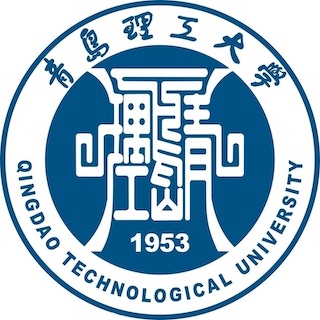Qingdao Technological University is a multidisciplinary university with engineering as its main discipline, distinctive characteristics in civil engineering, mechanical manufacturing, and environmental energy, and coordinated development of science, engineering, economics, management, liberal arts, and other disciplines. It is one of the first batch of local universities in the country to participate in the "111 Plan", one of the first batch of national demonstration universities for deepening innovation and entrepreneurship education reform, one of the first batch of national innovation and entrepreneurship education practice bases, and one of the first batch of high-level universities in Shandong Province to build "strong characteristics". The school was founded in 1953 and was successively affiliated to the former Ministry of Heavy Industry and the former Ministry of Metallurgical Industry. In 1998, it was transferred to the leadership of Shandong Province and implemented the management system of "central and local co-construction, with local management as the main focus". It has successively gone through the periods of Shandong Metallurgical Institute and Qingdao Institute of Architecture and Engineering, and was renamed Qingdao Technological University in 2004. It began to recruit undergraduates in 1960, was approved as a master's degree-granting institution in 1993, and was approved as a doctoral degree-granting institution in 2005. The school currently has three campuses in Huangdao, Shibei, and Linyi, covering an area of about 1.6072 million square meters and a building area of about 1.1304 million square meters. The library has a collection of about 2.166 million books. The total value of teaching and research equipment is about 623 million yuan. The school has a complete talent training system for undergraduates, masters and doctors, covering 7 major disciplines such as science, engineering, economics, management, literature, law and art. It has 2 first-level postdoctoral research stations, 2 first-level disciplines authorized to confer doctoral degrees, 1 professional doctoral degree authorized discipline, 21 first-level disciplines authorized to confer master's degrees, 16 professional master's degree programs, and a total of 66 undergraduate majors; there are 33,478 full-time students. Civil engineering was approved as a provincial peak discipline, and mechanical engineering was approved as a provincial advantageous and characteristic discipline. Engineering, materials science, and chemistry are ranked in the top 1% of the world by ESI; 34 majors were selected as provincial-level or above first-class undergraduate major construction sites, of which 20 majors were approved as national-level first-class undergraduate major construction sites. The school has 5 national-level teaching and research platforms, including the Higher Education Discipline Innovation and Intelligence Base (National 111 Plan), the National Experimental Teaching Demonstration Center, and the National and Local Joint Engineering Center, and 45 provincial and ministerial-level scientific research platforms and collaborative innovation centers, including the Ministry of Education, Shandong Engineering Research Center, and key laboratories. The school currently has 2,604 faculty members. Among them, there are 1,790 full-time teachers, 944 with doctoral degrees, and 893 senior professional and technical personnel. There are 1 full-time foreign academician of the Japan Academy of Engineering, 2 foreign academicians of the Russian National Academy of Engineering, 5 foreign academicians of the Russian Academy of Natural Sciences, 1 academician of the Royal Society of Arts and Crafts, and 1 foreign academician of the Russian Academy of Transport Sciences; 14 Changjiang Scholars Distinguished Professors, National Outstanding Youths, National Engineering Talents, etc., 6 young and middle-aged experts with outstanding contributions to the country, and 34 other high-level talents at the national level; 84 provincial talents such as Taishan Scholars Climbing Program experts, distinguished professors, and young and middle-aged experts with outstanding contributions. The school adheres to open education, has established inter-school exchanges and cooperation relations with more than 100 well-known universities at home and abroad, and has been approved for 4 undergraduate programs of Sino-foreign cooperative education. It has all-round cooperation with 277 local governments, enterprises, universities and research institutes in China in the fields of talent training, scientific research, and social services. The school adheres to its original mission. In the nearly 70 years since its establishment, it has trained 260,000 talents in science, engineering, technology and management for the country. The employment rate, employment quality and employer satisfaction of graduates have always been among the best in the province. Serving the national strategy, a number of research results have been applied to major projects such as plateau trains, C919 large aircraft, Beijing Winter Olympics, lunar exploration, Tianwen-1, and ecological and environmental protection in the Yellow River Basin; promoting the high-quality development of Shandong Province's industries, and providing scientific and technological and talent support in the construction of major projects such as Jiaodong International Airport, coastal high-speed railways, cross-sea bridges, and undersea tunnels. The school fulfills its social responsibilities and supports the development of the old revolutionary base areas of Yimeng. In 2006, the Linyi campus was established, and majors urgently needed for the economic and social development of the old revolutionary base areas were set up to cultivate applied engineering and technical talents. There are currently 7,536 students on campus, and a total of 34,444 talents of various types have been trained. It has made contributions to the development of the old revolutionary base areas and embodied the responsibility of science and engineering. The school implements the fundamental task of cultivating morality and educating people, upholds the spirit of science and engineering of "perseverance, fortitude, and courage to bear heavy loads", adheres to characteristic development, connotation development, and innovative development, cultivates high-quality talents with high quality, is based in Shandong, faces the whole country, and serves the economic and social development. Standing at a new historical position, science and engineering students are shouldering new social responsibilities and historical missions, and are moving forward towards the goal of building a distinctive high-level applied research university.
-

Tsinghua University
-

Peking University
-

Fudan University
-

Wuhan University
-

Zhejiang University
-

Nanjing University
-

Sun Yat-sen University
-

Tongji University
-

Renmin University of China
-

Jahrom University of Medical Sciences
-

Mesoamerican University
-

Istmo University
-
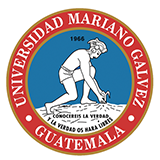
Mariano Galvez University of Guatemala
-
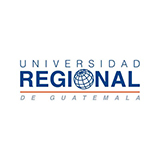
Regional University of Guatemala
-
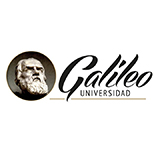
Galileo University
-
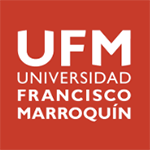
Francisco Marroquín University
-

Rafael Landívar University
-
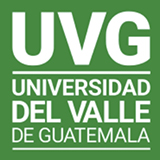
University of the Valley of Guatemala
-
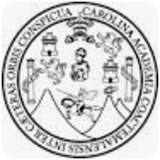
University of San Carlos of Guatemala
-

Technological Institute of Tlaxcala Plateau
-

Golfo University
-
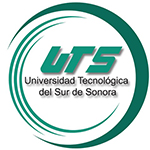
Technological University of South Sonora
-
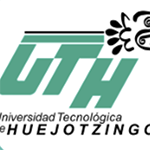
Technological University of Huejotzingo
-
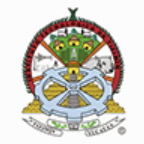
Tizimín Institute of Technology
-
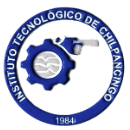
Chilpancingo Institute of Technology

